3 min read
Top 10 Priorities for State Chief Information Officers
More than halfway through 2025, state Chief Information Officers (CIOs) continue to navigate a dynamic landscape of technological advancements and...
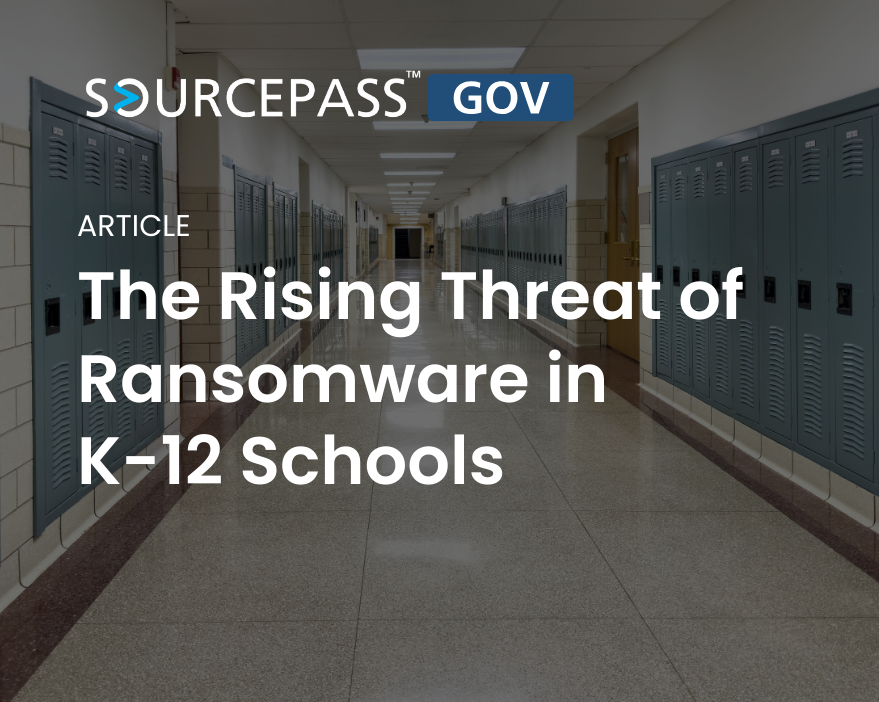
In recent years, the education sector has witnessed a troubling surge in ransomware attacks, with K-12 schools becoming prime targets for cyber criminals.
Because of this, it’s important for educational institutions to prioritize the implementation of comprehensive security protocols to safeguard sensitive data and ensure the continuity of educational operations.
Ransomware attacks involve malicious software that encrypts a victim’s data, rendering it inaccessible until a ransom is paid.
In the article, "School Ransomware Attacks are on the Rise. What Can Districts Do?", it states that an estimated 325 ransomware incidents were reported between April 2016 and November 2022 and another 85 attacks reported from November 2022 to October 2023.
The article also states that this 393% increase in attacks underscores the vulnerability of educational institutions and the sophisticated tactics being used by cyber criminals.
The consequences of ransomware attacks on schools are extensive.
Beyond the immediate disruption of educational activities, these attacks inflict significant logistical, legal, and financial damage. Schools often face the daunting task of restoring compromised systems, which can lead to prolonged closures and a loss of instructional time.
Additionally, the exposure of sensitive student and staff data can result in identity theft and other forms of cyber crime. And, the financial burden of paying ransoms and investing in recovery efforts can strain already tight school budgets.
Given the escalating threat landscape, it is imperative for educational institutions to adopt comprehensive cybersecurity measures, including:
One of the primary goals of implementing robust cybersecurity measures is to protect sensitive data.
Schools handle a wealth of personal information, including student records, staff details, and financial data. Ensuring the confidentiality, integrity, and availability of this data is paramount.
In addition to protecting data, comprehensive security protocols can help minimize disruptions caused by ransomware attacks.
By proactively addressing vulnerabilities and preparing for potential incidents, schools can maintain continuity of operations and reduce downtime.
Sourcepass GOV can help safeguard your educational institution to help protect your data and minimize disruptions.
Contact Sourcepass GOV today to assess your current cybersecurity posture and we can create a customized plan to help keep you safe!
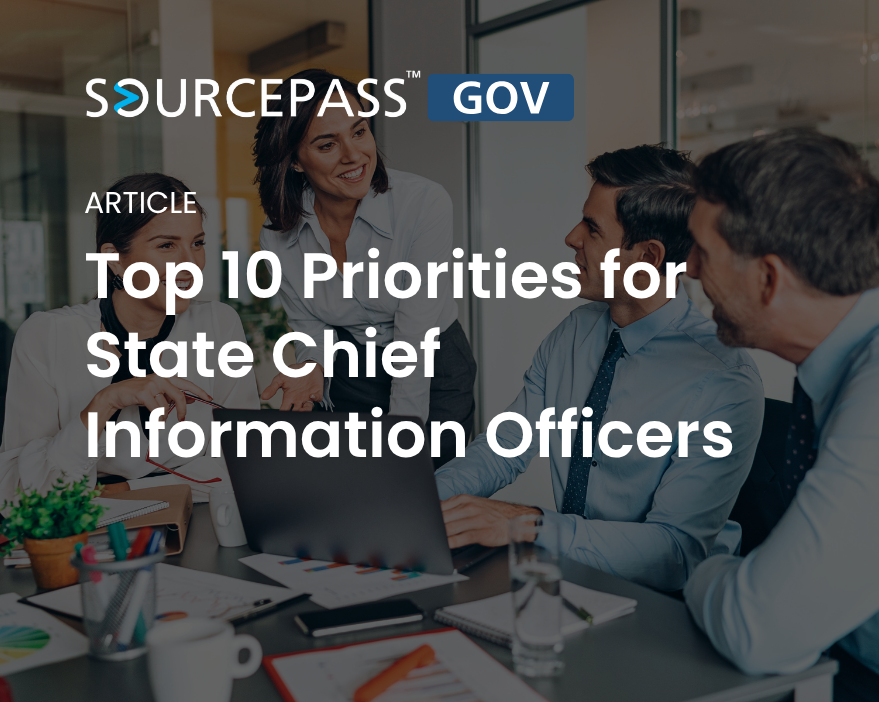
3 min read
More than halfway through 2025, state Chief Information Officers (CIOs) continue to navigate a dynamic landscape of technological advancements and...
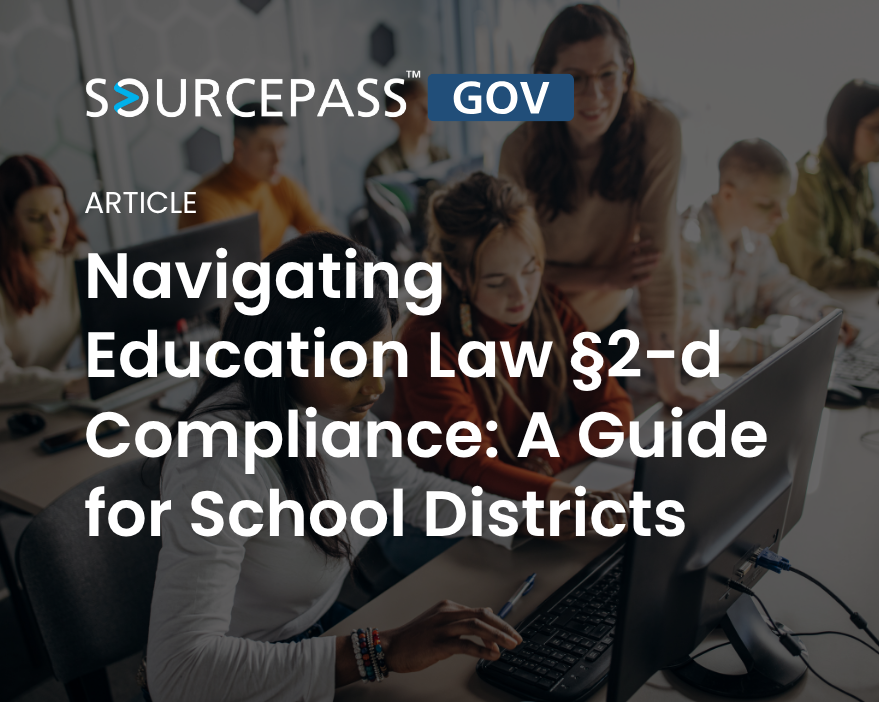
2 min read
Protecting student data is a top priority for school districts. New York's Education Law §2-d, enacted during the 2014-2015 fiscal year, sets forth...
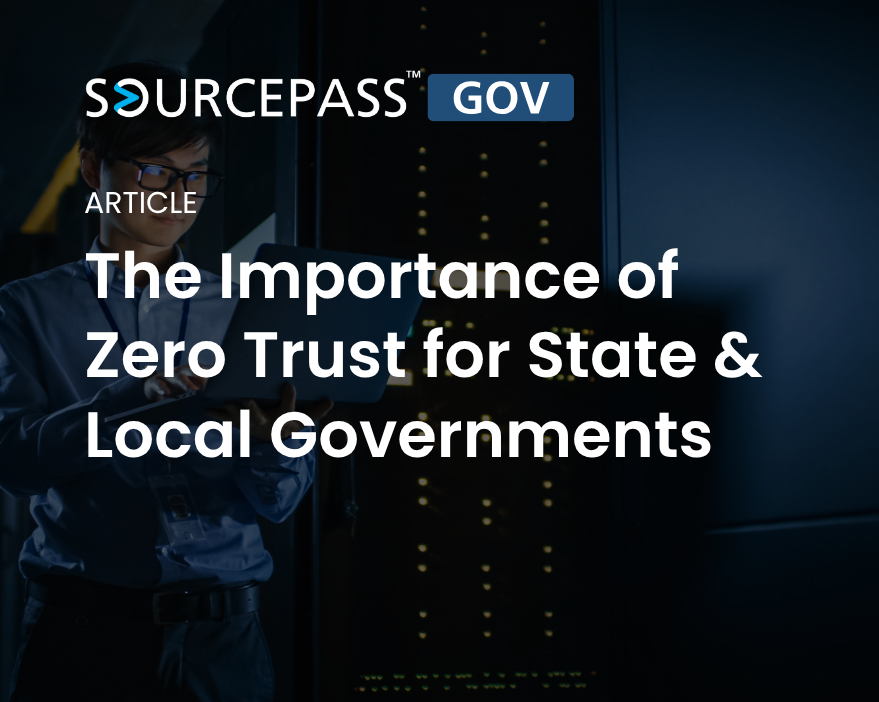
3 min read
Ransomware attacks are a significant threat to state and local governments. These attacks can cripple essential services, compromise sensitive data,...

Schools and educational institutions have become prime targets for phishing attacks. Cybercriminals are exploiting vulnerabilities in school...
.png)
Phishing attacks have become a serious cybersecurity threat to educational institutions. Schools, colleges, and universities are increasingly...
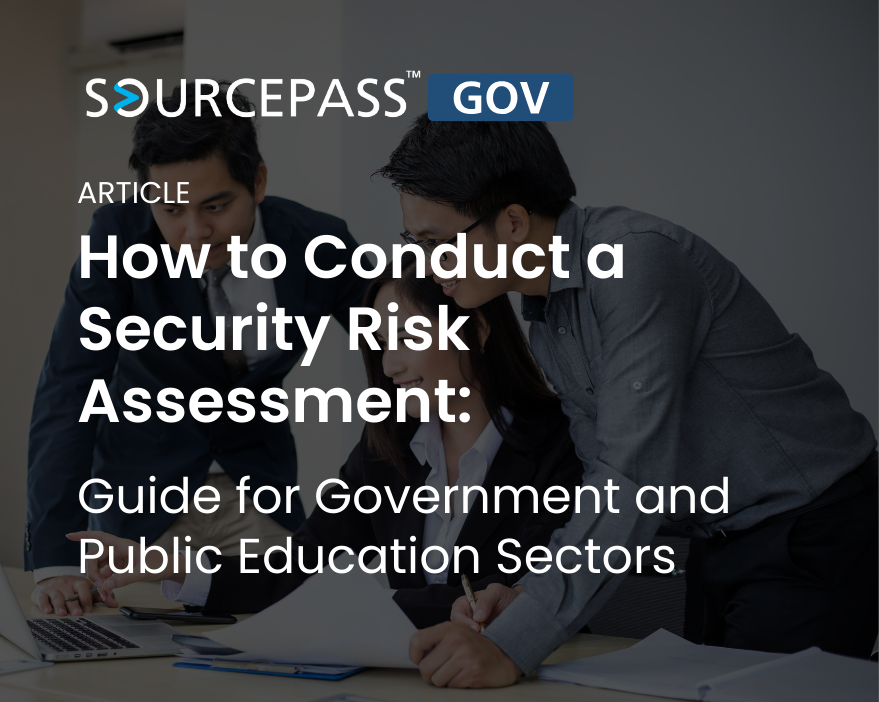
In the public sector, safeguarding your most sensitive data is a top priority. Whether it’s personal information of citizens, private student...